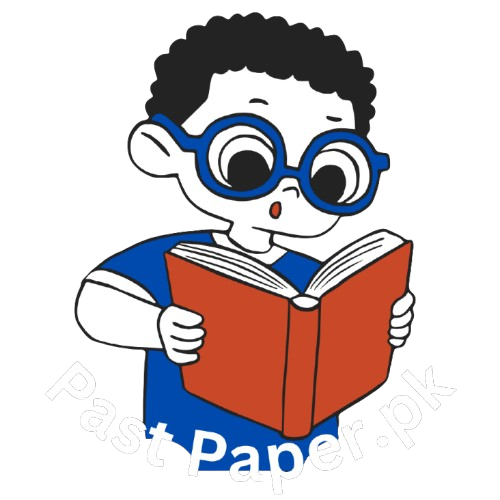CSS International Relations Past Paper 2022
PAPER-I (Subjective) 80 Marks
Attempt ONLY FOUR questions from PART-II. (20×4)
PART-II
Q. No. 2. Transnational actors influence the contours of any country’s foreign policy. Discuss this assertion with specific reference to the foreign policy of China.
Q. No. 3. It is argued that democratic countries pursue peaceful foreign policies. Support your argument with concrete examples from history and contemporary international relations.
Q. No. 4. Explain the objectives and determinants of Pakistan’s foreign policy, highlighting key principles and challenges faced in its implementation.
Q. No. 5. Define power in the context of international politics. Explain with examples the concepts of hard power, soft power, and smart power.
Q. No. 6. Evaluate the impact of IMF loans on Pakistan’s economy, considering both their short-term benefits and long-term consequences.
Q. No. 7. How has globalization affected the concept of security? Discuss its implications for both traditional and non-traditional security dimensions.
Q. No. 8. Discuss the new maritime security challenges for the Indian Ocean region, focusing on issues like piracy, geopolitics, and environmental concerns.
PAPER-II (Subjective) 80 Marks
Attempt ONLY FOUR questionsfrom PART-II. (20×4)
PART-II
Q. No. 2. Analyze the key features of the US Indo-Pacific strategy under Joe Biden’s administration, with particular emphasis on its approach toward China.
Q. No. 3. Discuss Russia’s objectives behind its military intervention in Ukraine. Evaluate whether Western sanctions can effectively counter this move.
Q. No. 4. Why does South Asia remain the least integrated region globally? What lessons can SAARC learn from the EU and ASEAN experiences in fostering regional integration?
Q. No. 5. Trace the evolution of the nuclear doctrines of India and Pakistan. What do their current strategies imply for deterrence stability in South Asia?
Q. No. 6. Define the concept of “Balancing Act” in International Relations. Assess Pakistan’s imperatives and constraints in balancing its relations with major global powers.
Q. No. 7. Examine the achievements and challenges in EU-Pakistan relations, focusing on international political economy and areas of cooperation.
Q. No. 8. What are China’s strategic interests in Afghanistan? Discuss its role and policy options following the US withdrawal from the region.
